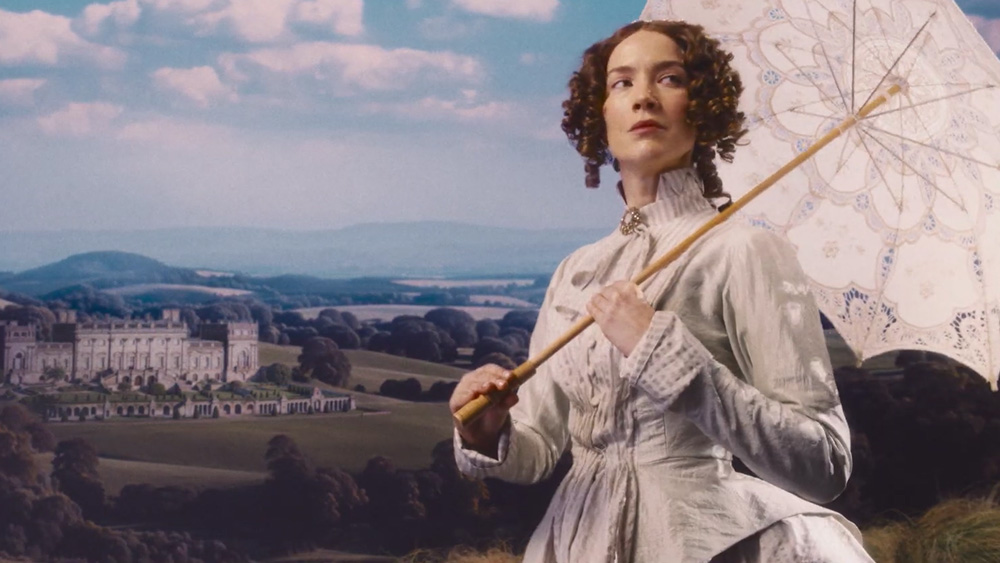
My Lords of the Fallen hands-on proves one thing, all eyes will be on this game come launch in October. This new action-RPG for PS5 is one of the first blockbuster video games to make use of every feature and tool in Unreal Engine 5, and many are eagerly watching to see if the promises can be met.
After spending two hours playing through the early stages of Lords of the Fallen, confronting two elegantly designed bosses and exploring the intricately designed world of Umbral, I think Unreal Engine 5 will be this generation's go-to platform. (Read our Unreal Engine 5 review for more details.) Of course, Epic Games has greater competition than ever before, especially after this week's announcement that Weta's VFX tools will be added to Unity.
But after going hands-on with Lords of the Fallen it's hard not to be wowed by what Epic Games is enabling developers to do. During my hands-on session (which I'll get to shortly) I get to chat with Saul Gascon, head of studio and executive producer at Hexworks, who expresses how the developer's art team has been able to eke out every feature Unreal Engine 5 offers.
Lords of the Fallen hands-on: Unreal Engine 5
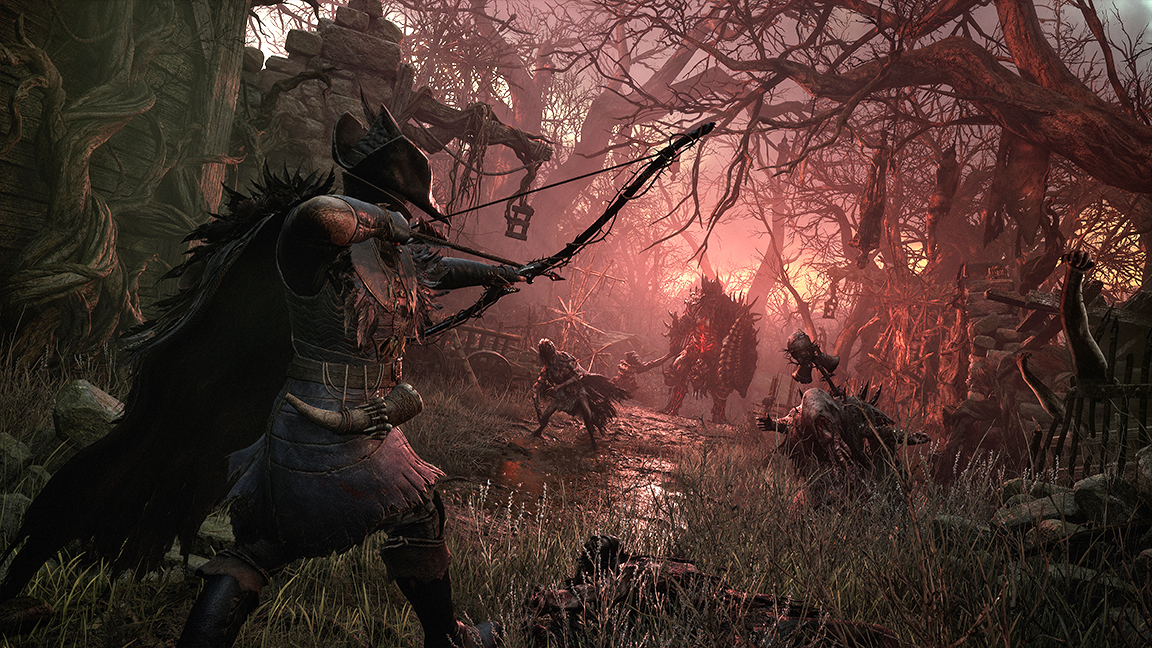
Lumen stands out as a game-changer for the Lords of the Fallen team. Lumen, the new Global Illumination system, replaced the cumbersome real-time lighting techniques of the past. Gascon tells me the team were astonished at the level of iteration Lumen offered, making adjustments to lighting, colour, and other elements much faster.
But using Lumen meant the team needed to rethink how they work. The dynamic nature of Lumen's lighting required a new approach to placing lights in a scene. Gascon tells me how the team's director of photography, Erwan Fagard, played a crucial role in navigating this shift and ensuring that the new paradigm of lighting brought out the desired artistic vision.
We need it to look believable, which in this game is quite challenging
Cezar Virtosu, creative director, Hexw
"It had the biggest impact," says Gascon. Before I can get a word in, he is off again, listing the virtues of Unreal Engine 5. "Nanite too," he continues, "the quality goes up, right? Especially when you get close, you see all the details…" (Read our breakdown of the Unreal Engine 5 launch demo for more details.)
I reflect on some of the scenes I've played through; broken down villages, sprawling forests littered with crumbling cottages and doors, doors never look quite the same in Lords of the Fallen, each one feels unique in some way (a weird observation, I know). There's a handmade feel to everything I see in the game.
Get the Creative Bloq Newsletter
Daily design news, reviews, how-tos and more, as picked by the editors.
Nanite has enabled the team's "crazy artists", as Gascon affectionately calls them, to deliver higher levels of detail, especially in close-up shots, to create a more realistic and immersive environment. Characters and objects now have intricate details that brought the game world to life.
Sat next to Gascon is Cezar Virtosu, creative director at Hexworks, who tells me the art team drew on inspiration from the real world, and then shares something enlightening. "Suffering is worthless at a high level," he says Virtosu, so the aim is to show how this demonic catastrophe has affected people in personal ways. "We need it to look believable," he says and jokes, "which in this game is quite challenging".
Lords of the Fallen hands-on: beautiful misery
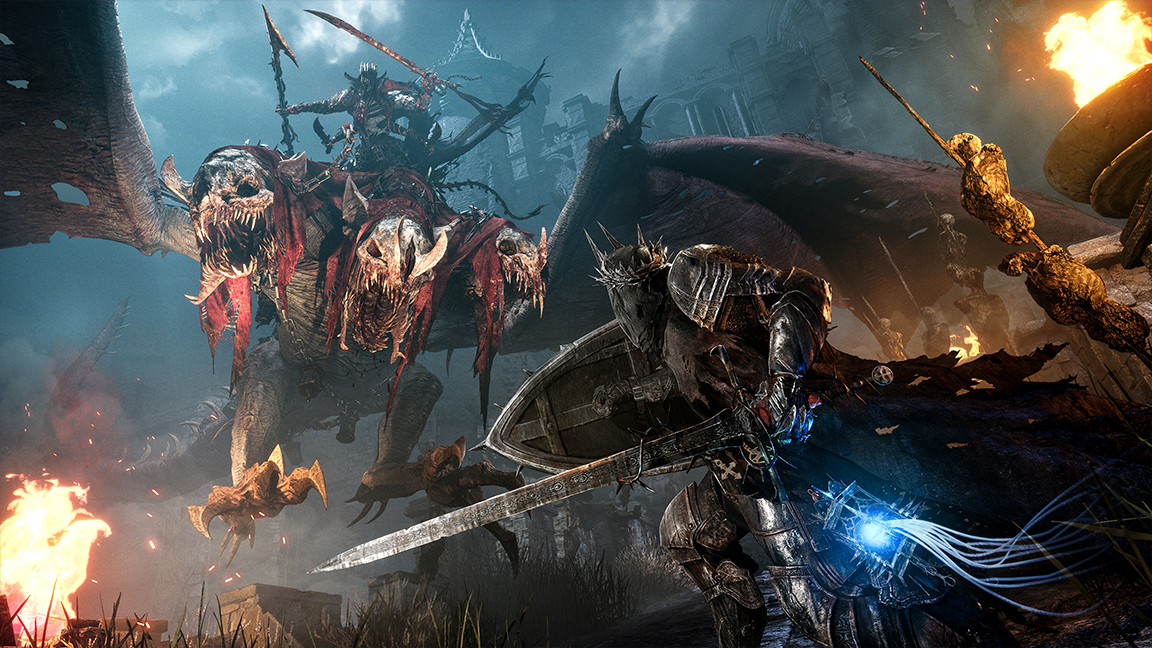
I think about our conversation as I play further into the game's worlds. I say 'worlds' because Lords of the Fallen is set in two parallel locations, Axiom, the land of the living, and Umbral, the world of the dead. The two look distinctly different in tone and detail, and I'm forced to play with different instincts. There's a unifying art direction that brings home the destruction created by the resurrected 'demon god' Adyr.
The art style of Lords of the Fallen is dark fantasy, it's Lord of Rings and Game of Thrones. "European Gothic, dark fantasy," clarifies Virtosu, who then explains how art director Alexandre Chaudret took inspiration from the artist Olivier de Sagazan, who is known for his performance art in which he gradually disfigures himself with clay, layering and scraping and contorting the human form into new, weird grotesque shapes.
Oh boy, do I witness this influence in action. One of the most impactful decisions Hexworks has made is in creating its dynamic split-worlds setup – moving between worlds is instantaneous the juxtaposition of the warm, sunlight Axiom with the cold, Cronenbergian body horror of Umbral is striking. The detail Virtosu mentioned is evident in different ways. Umbral is a Giger-like land of walls with sprouting limbs and waxy decaying giants, whose very bodies are now pathways, dominate the landscape. Axiom is a mellow, orange-hued maze of wooden barricades, ramshackle huts and enormous gothic castles, its sprawl a host to undead knights and gigantic toothy monstrosities, but it feels more welcoming than the cold of Umbral.
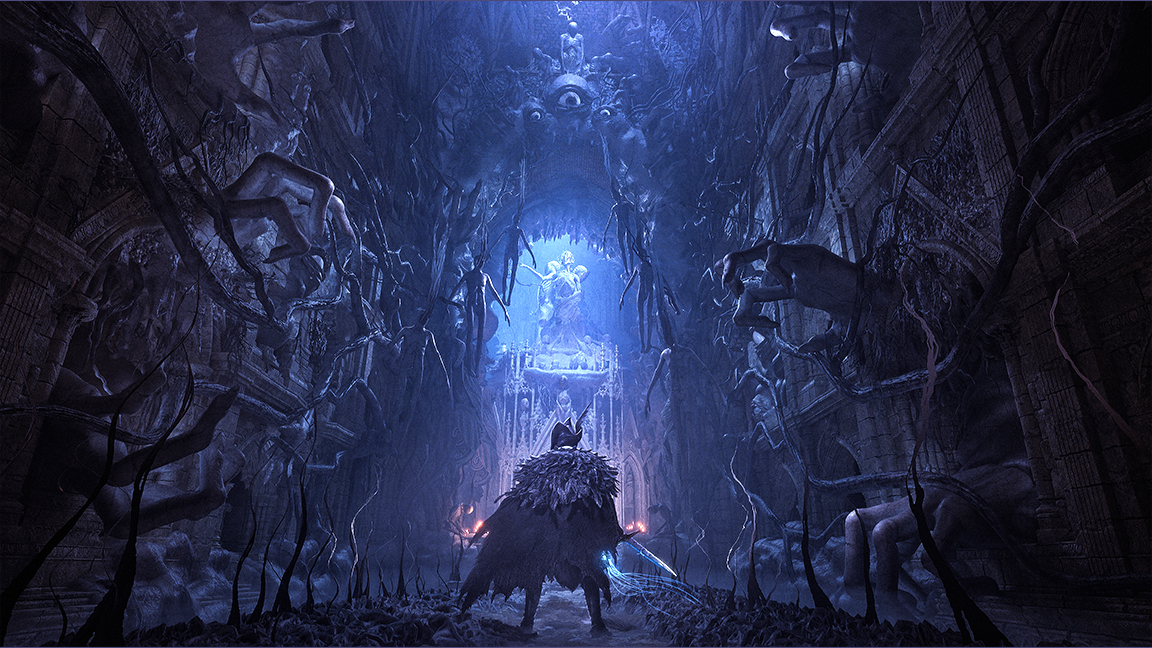
Lords of the Fallen is a complex game, one with many systems and control layouts that stack and develop as you play; if you're familiar with FromSoftware's action-RPGs approach, such as Elden Ring, then you're right at home, but it does mean my first hours in this game are spent considering how to do things - hot swap weapons, manage items and upgrades, tinker with load-outs, learning to block, parry and more. And it can change depending on which world you're exploring.
I soon find my feet and begin enjoying the grind. Enemies can be tackled in many ways, using counters, blocks and distance. There's a solidity to the duels that feels more robust than in many other games; the integration of Chaos physics in Unreal Engine 5 amplifies the dynamism; characters and their clothing exhibit lifelike movement, adding an extra layer of realism to the game.
"Weapons have hanging parts to them," points out Gascon. Everything is very dynamic, everything moves together, and then on top of this we have a lot of animation tools that enable us to iterate faster."
Lords of the Fallen hands-on: building immersion
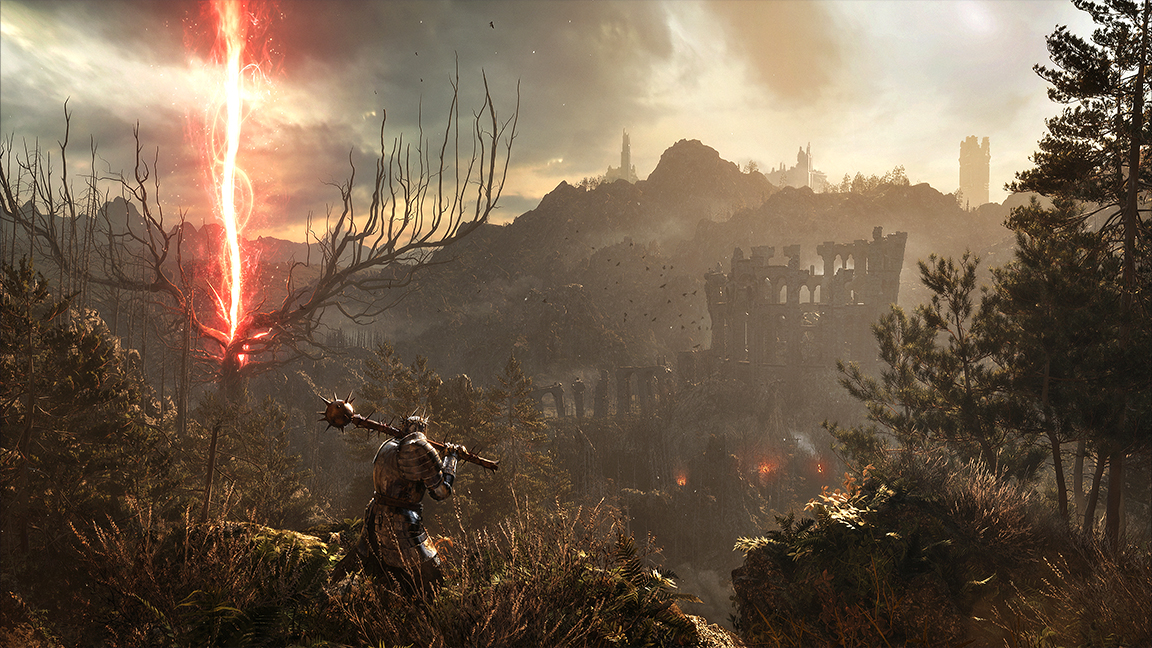
The real reward of Lords of the Fallen is in how I find myself engaged with the world. As much as I love FromSoftware games and the visions of Hidetaka Miyazaki, the environments of Elden Ring, Sekiro and Demons' Souls (one of the best PS5 games) can feel practical; mazes to fathom to rather than spaces to dwell in. Hexworks has managed to craft not one but two worlds that feel lived-in, that tell stories.
The dual-world design lends Lords of the Fallen a new sense of immersion. Dead ends become new routes if I raise my hero's Umbral Lamp and glimpse into the other world, I enter this land at any moment to seek new paths, discover hidden treasures and unlock shortcuts, but I can only exit at set places, ensuring once I cross over there's a gamble at play to survive and escape.
Immersion is a word Virtosu uses when I raise Hexworks' approach to world building and its use of Unreal Engine 5. "It hurts us when we can’t match the immersion, because immersion is the most important aspect, and this needn’t be high definition visuals," comments Cezar Virtosu, explaining: "It's a matter of believability and groundedness […] to take detail and absorb it and make the world feel like a lived-in place filled with all these atrocities."
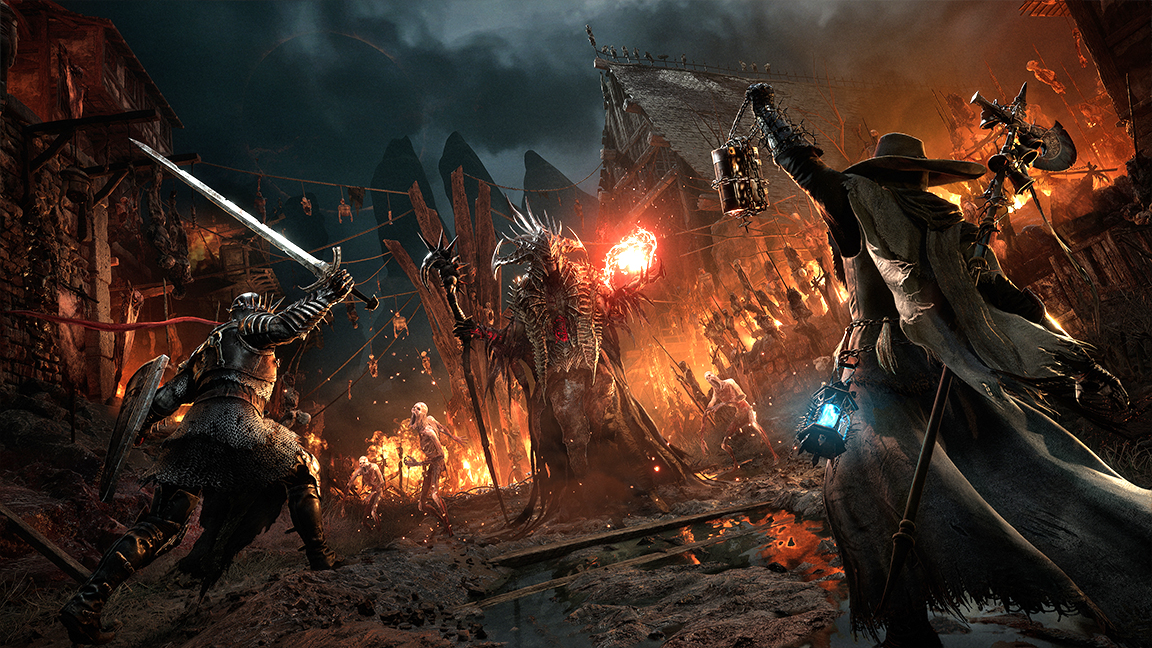
Virtosu continues: “Our mandate has been to create a handcrafted world that doesn't seem copy and pasted or repetitive. This level of detail emerged from our environmental storytelling."
Gascon chips in and explains how Unreal Engine 5 has made a difference: "When you are creating a piece of art, an environment or a room, or whatever it is, your artistic freedom is limited by technology. So the fact that now we can stretch this technology to have much more polygons on screen, much more objects on screen, this gives our artists a lot more freedom.”
Virtosu describes a room players find later in the game that was bare and empty but in just a few hours an artist had developed it and added content. "But it’s not full of assets," says the creative director, "it’s full with the story of the previous inhabitants, which was amazing; it feels like you're using a snapshot of someone's life."
This freedom to create and define a new level of immersion has enabled Hexwork's artists to focus on crafting meaning behind the environment design. Virtosu explains: "Because that is not just about placing assets, but working with narrative in every place. Who loves who, what are the secret towers?"
Gascon jumps back in: "So technology, basically enabled us to go wild with the creative side, right?"
Lords of the Fallen hands-on: artists are directors
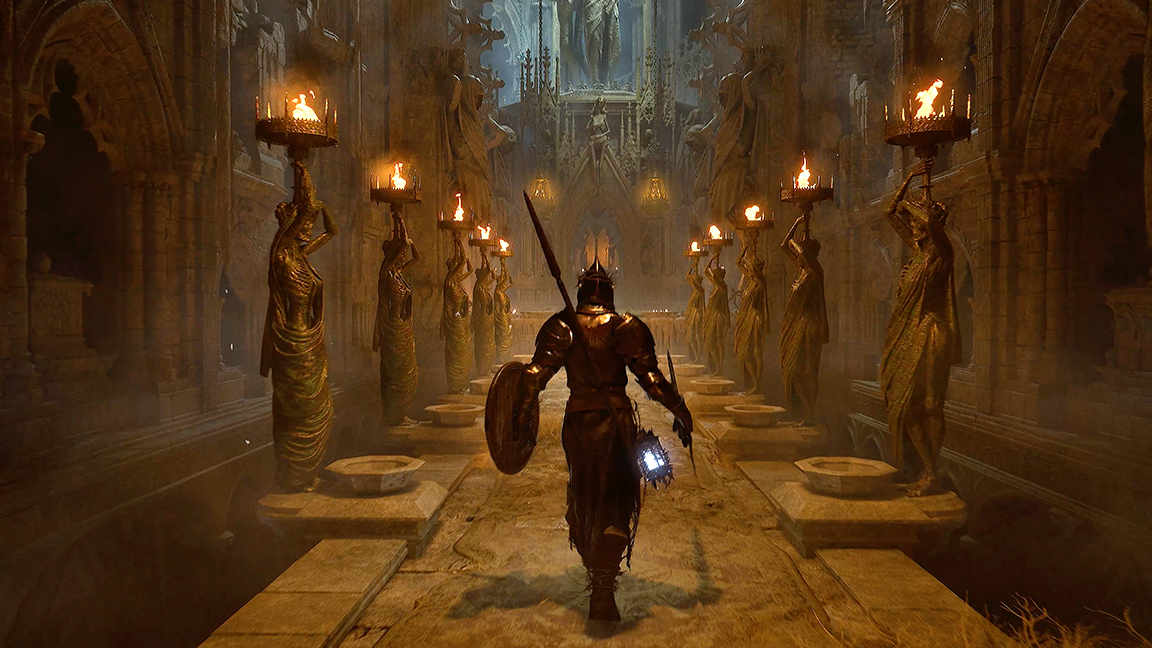
Interestingly, Hexworks approaches the creation of environments and game assets in a unique way. Gascon tells me the studio is now fully remote and this plays a part in how they work. "We don’t have specialists of shaders," he says, "we have specialists of scenes. We have people that are absolutely amazing at creating, from a set of assets, creating spectacular unique scenes."
Gascon refers to these scene and environment artists as "small directors" and shares how development is swinging back to hiring generalists instead of specialist artists.
I ask, is this more creative? "Yes!" both senior devs chime in unison. Virtosu explains how they "achieved unexpected results… and we were floored". He tells me how one artist took a room and designed a whole backstory for its previous inhabitants, building a grotesque narrative of how its occupant's died violently but one remained, and created a shrine from their loved ones' severed hands.
"The more you get a creative licence, the more you get creative ownership, the more difficult it is, because you're no longer doing a job, you're now growing your creative baby," reveals Virtosu.
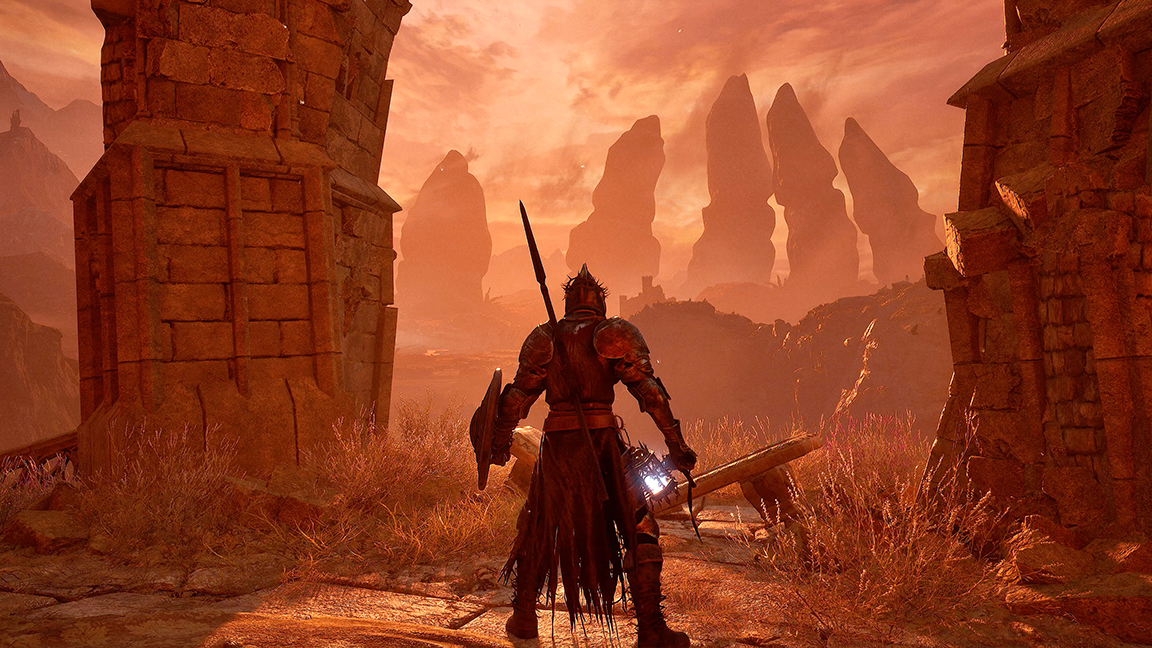
Despite the versatility and power of using Unreal Engine 5 there remains a need to control the costs. "There's always limits, because in the end, it's like every technology has its advantages and its limitations," reflects Gascon, on hitting polygon counts, frame rates and memory use. "So there's always a cap that you need to hit, especially because we want to make our game accessible to as many people as possible. So you always need to make your world scalable."
The team are granular in the detail behind ensuring Lords of the Fallen will be the ideal experience for everyone. Gascon shares how the team set a budget, "a milliseconds budget per frame budget" to control everything from rendering to the number of AI on screen.
He drops the number, "there can be up to 48 AI on screen" and Virtosu jumps in to add, “that AI number is not random, we have a lot of invisible enemies that look at you for a moment when you raise the lamp."
Lords of the Fallen hands-on: bewitching bosses
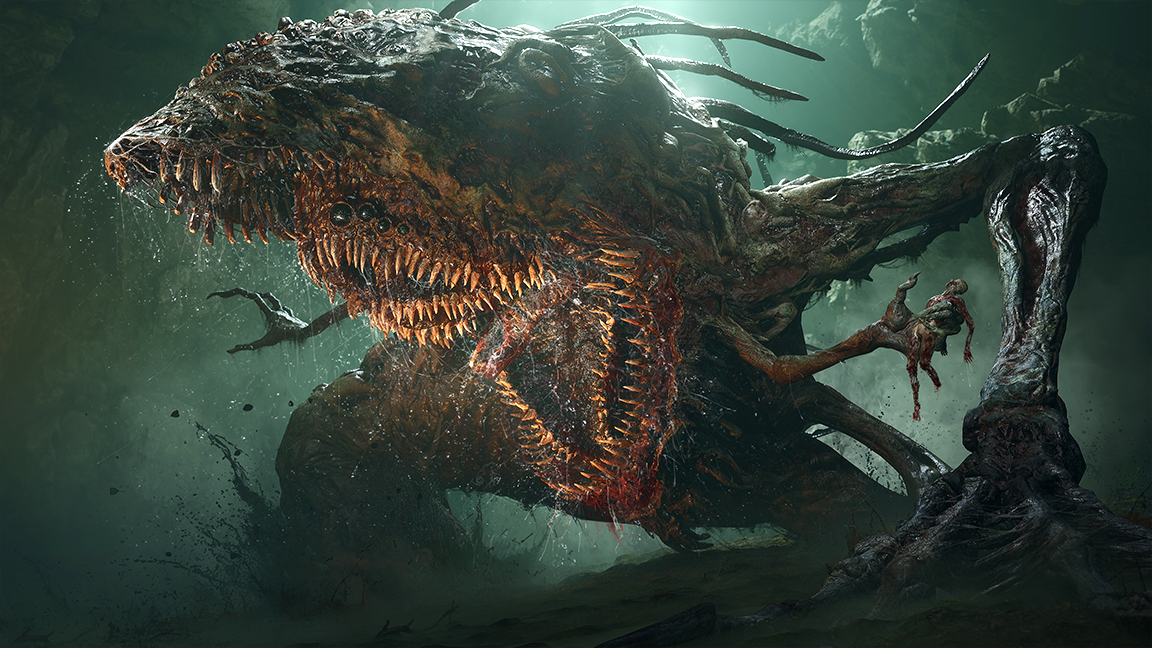
While I've been drawn to the world-building and environment detail in Lords of the Fallen, these kinds of action-RPGs really come into their own during boss fights. The level of detail and performance offered by Unreal Engine 5 really shines in these epic, screen-engulfing confrontations.
Thorny, toothy, multi-eyed and dripping in saliva the Boglord feels wet and saturated in slime
My first fight is with the game's introductory boss, Pieta. A fallen knight who transitions from a basic combat form into a winged, darkly angelic design. There are tiny texture designs and elegant engraved decoration all over this villain's armour; it's not overly shiny or glossy and has a realistic hue to the colouring.
This enemy's attacks are easy to read and the secure frame rate and detail, combined with small animation 'tells', mean countering attacks, dodging and parrying becomes second nature. It's a nice introduction to Lords of the Fallen's boss approach, one taken to new heights with my late encounter… the 'Boglord'.
This massive creature is a grotesque collision of teeth, body parts and gloopy, malleable skin texture. I can see the Olivier de Sagazan influence, but there's a definite form to the beast, a shark-like design that keeps getting more interesting the more I take in the detail; thorny, toothy, multi-eyed and dripping in saliva the Boglord feels wet and saturated in slime and the debris of previous battles. It's grim, and I love it. I almost don't mind dying as an excuse to keep experiencing this creature design again, and again.
Lords of the Fallen releases 13 October for PlayStation 5, Xbox Series X and PC. You can visit the Hexworks website for more details, and job openings. If you do want to get into video game design and development, read our guide 'Unity versus Unreal Engine' for a breakdown of the two most popular game engines, and our guide to the best laptops for game development for the hardware to get started.

Thank you for reading 5 articles this month* Join now for unlimited access
Enjoy your first month for just £1 / $1 / €1
*Read 5 free articles per month without a subscription

Join now for unlimited access
Try first month for just £1 / $1 / €1

Ian Dean is Editor, Digital Arts & 3D at Creative Bloq, and the former editor of many leading magazines. These titles included ImagineFX, 3D World and video game titles Play and Official PlayStation Magazine. Ian launched Xbox magazine X360 and edited PlayStation World. For Creative Bloq, Ian combines his experiences to bring the latest news on digital art, VFX and video games and tech, and in his spare time he doodles in Procreate, ArtRage, and Rebelle while finding time to play Xbox and PS5.
